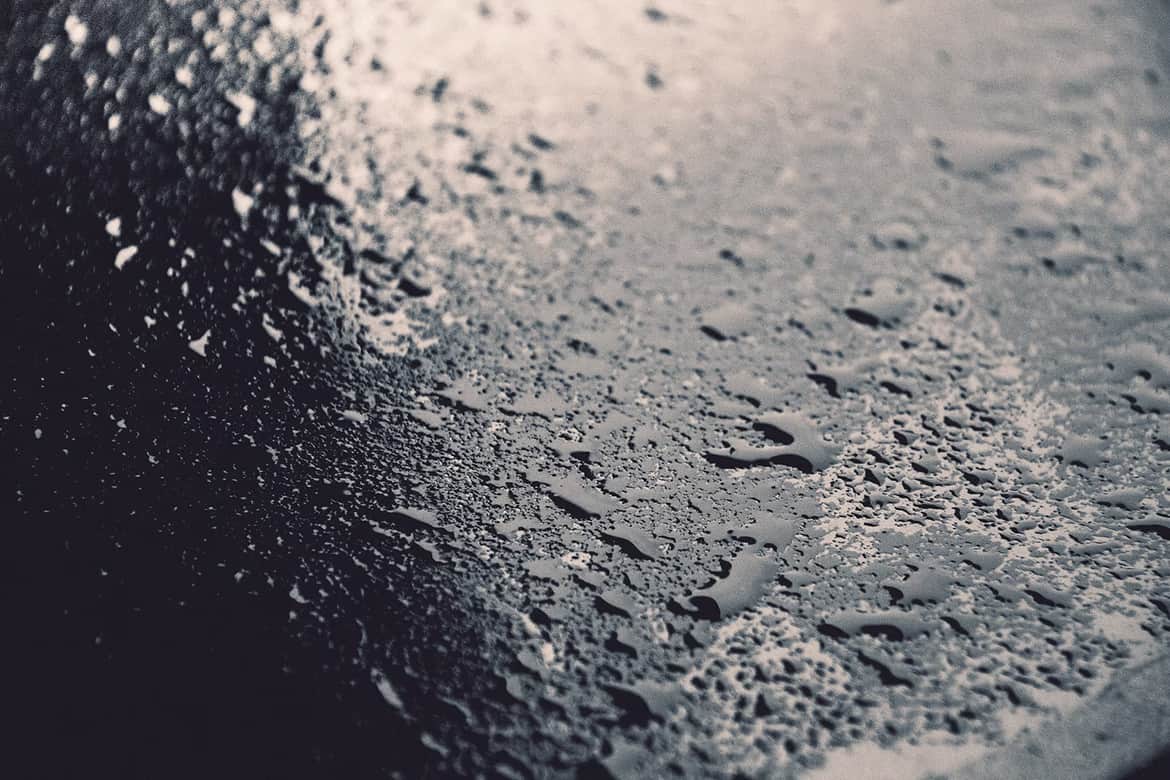Damp is one of the most unpleasant and annoying problems that can happen to your home. Whether a roof leak or a flood causes it, a dampness issue can make your property feel unwelcome and unhealthy. These issues can lead to rot and structural problems that present danger.
What Kind Of Damp Is Affecting My House?
Whether you have a damp problem on the ground floor, upstairs, or in the basement, excess moistures and damp walls usually occur in a house as a result of three main issues: rising damp, penetrating damp, and condensation. Without the proper knowledge, it can be hard to tell the difference between the signs of each, which is where a damp company can help. It’s essential to recognize the difference, as each one needs different treatments to resolve.
Signs Of Rising Damp
- A tide line of yellow or brown staining or brown plaster on the lower part of the wall. This will show above the skirting board.
- Rising damp symptoms can be seen on skirting boards too, in rusty nails or screws.
- Skirting boards or plaster damage or rotting
- Moisture leading to paint and wallpaper peeling away from the wall
- Floor coverings lifting
- A white powder-like substrate left by soluble salts that dissolve from the ground
If you notice any of these signs on the ground floor of your property, you likely have a rising damp problem. The most common cause of rising damp is a damaged or bridged damp proof course (DPC). If you think your home is suffering from a rising damp, call in a professional.
Signs Of Penetrating Damp
- Damaged wallpaper and plaster higher up the wall
- Localized damp patches at various heights on the wall and ceiling
- Damage to the external wall, pebbledash, render, or guttering, allowing rain to get in
Ask a professional for more information about penetrating damp and how to treat it, including associated moisture ingress problems, like wood rot or damp insulation in the cavity wall.
Signs Of Condensation
- Excess moisture appearing on cold surfaces, like your windows, tiles, and any cold walls
- Increased levels of humidity
- Mold growth around the window frames or on your walls
- A lingering musty smell
If your house appears to be developing a problem with condensation, especially with black mould, call a professional to look at the problem. Mould can be dangerous if breathed in, so don’t try to clean it away from yourself.
Damp On Outside Walls
On the external walls of your home, you might notice some damp patches on brickwork and vegetation growing. When you have penetrating dampness as the problem, you will see signs of localized staining outside around the point where moisture is getting in. This is usually a broken gutter or a damaged downpipe. If you have rising damp, you might see a tide mark on the lower part of the outside wall at a similar height to the marks inside your home.

